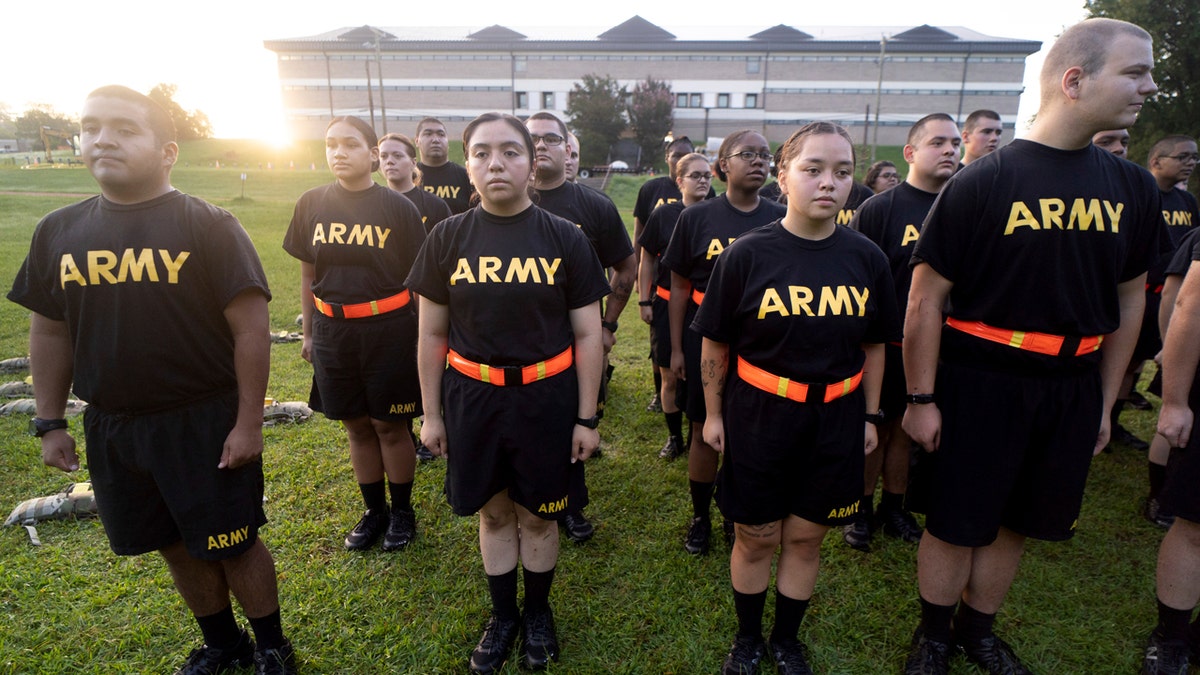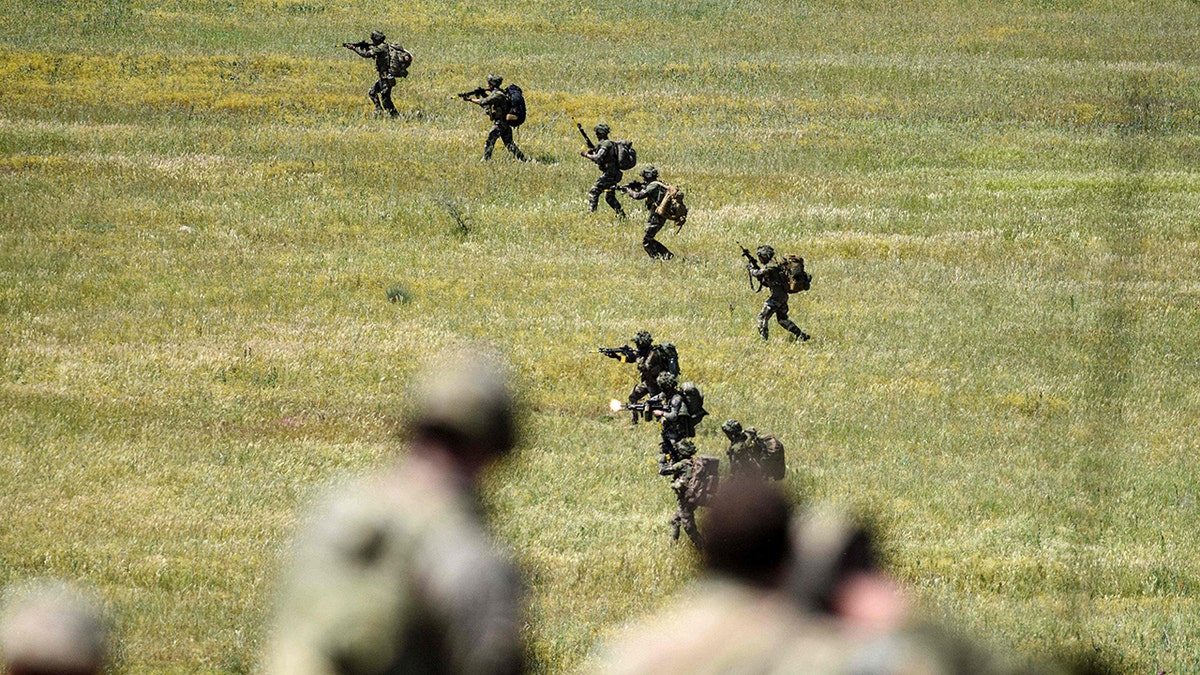The U.S. Army is modernizing its approach to body fat assessment, transitioning from the long-standing tape test to a more streamlined method focused on waist circumference. This shift aims to provide a more accurate and holistic evaluation of soldier fitness.
Sergeant Major of the Army Michael Grinston highlighted the importance of well-rounded soldiers, emphasizing that the previous method, which measured neck, waist, and hip circumference, was susceptible to manipulation and didn't effectively gauge overall fitness. The new test, part of a broader overhaul of the Army Combat Fitness Test, simplifies the process and aims to provide a more accurate representation of body composition.

A study conducted by the U.S. Army Research Institute of Environmental Medicine and Army Center for Initial Military Training revealed that the previous tape test frequently misrepresented body fat compliance, with a failure rate of approximately 35%. Furthermore, the test disproportionately impacted female soldiers. An anonymous Army major recounted instances where soldiers would attempt to manipulate the neck measurement to meet the required standards.

Grinston emphasized that addressing the Army Combat Fitness Test and body composition assessment were top priorities upon assuming his role. He personally visited numerous bases and installations to ensure diverse representation in the testing process.

While the Army's "overweight" rate of around 10% is significantly lower than the general population, it still presents a concern for the force. Although advanced body scanners provide precise body fat measurements, their high cost prohibits widespread implementation. These scanners, however, revealed that most soldiers carry more body fat than indicated by the tape test.
Grinston acknowledged the potential impact of the more accurate body scanners, humorously referring to his personal experience with the technology as a "heartbreaker." He stressed the importance of providing soldiers with opportunities for reassessment before any separation proceedings.
Comments(0)
Top Comments